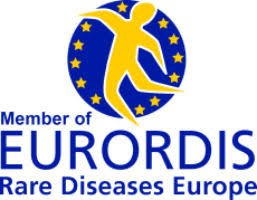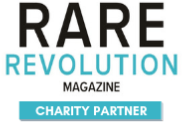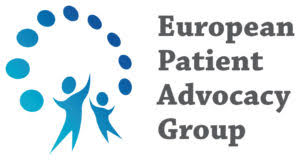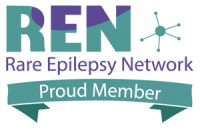WHY
DIAGNOSING
R(20) MATTERS?
There are many reasons why patients have seizures, both genetic and non-genetic. Finding the cause is enormously helpful to physicians to guide treatment,
identify other clinical problems that patients may be at risk for, and provide prognostic information. It is also very emotionally beneficial for a family to be
able to have a diagnosis for their child. Since r(20) is diagnosed by chromosome analysis, which is not a routine procedure for most patients with seizures, this
disorder is likely under-diagnosed. This syndrome can be confused with Lennox Gastaut Syndrome (LGS) and other epilepsy syndromes with frontal lobe features. The electroencephalogram (EEG) may have distinguishing features in sleep but these are not always recognized.


DIAGNOSING R(20):
Appropriate Diagnostic Testing Procedure
R(20) is usually diagnosed by cytogenetic (chromosome) analysis from a small blood sample. The Chromosomes from the cells in the blood are examined
and the ring is usually obvious under a microscope. The diagnosis can also be made from skin cells using the same cytogenetic technique. Chromosomal microarray testing will identify deletions that may occur when the ring is formed, but this is only true for non-mosaic r(20) patients. For a diagnosis, it remains necessary to look at Chromosomes through a microscope to see their shape. However, additional molecular genetic tests such as FISH and microarrays from the same blood sample can show more precisely how the ends of the chromosome have joined and
“It is also very emotionally beneficial for a family to be
able to have a diagnosis for their child”
What to do if you suspect r(20)
If you suspect r(20), cytogenetic (chromosome) confirmation of the diagnosis is essential. Discuss chromosome analysis with mosaic screening with your neurologist. Newer genetic testing such as chromosomal microarray will not diagnose r(20) in most cases.


HOW IS R(20) SYNDROME TREATED?
The main-stay of treatment is antiepileptic drug (AED) therapy. There are no comparative studies that have been done and in recent published literature no one
drug seems to be better than another. Patients are frequently subjected to multiple AEDs (polytherapy), with limited seizure improvement. It is well known that
poly-therapy increases the risk of drug side effects. Both Vagus Nerve Stimulation (VNS) therapy and the ketogenic diet have been reported to be beneficial.
Both treatments are now well established in terms of safety and efficacy in the treatment of drug-resistant epilepsies. More research and reported case series
are required in order to better evaluate alternative treatment therapies for r(20).








